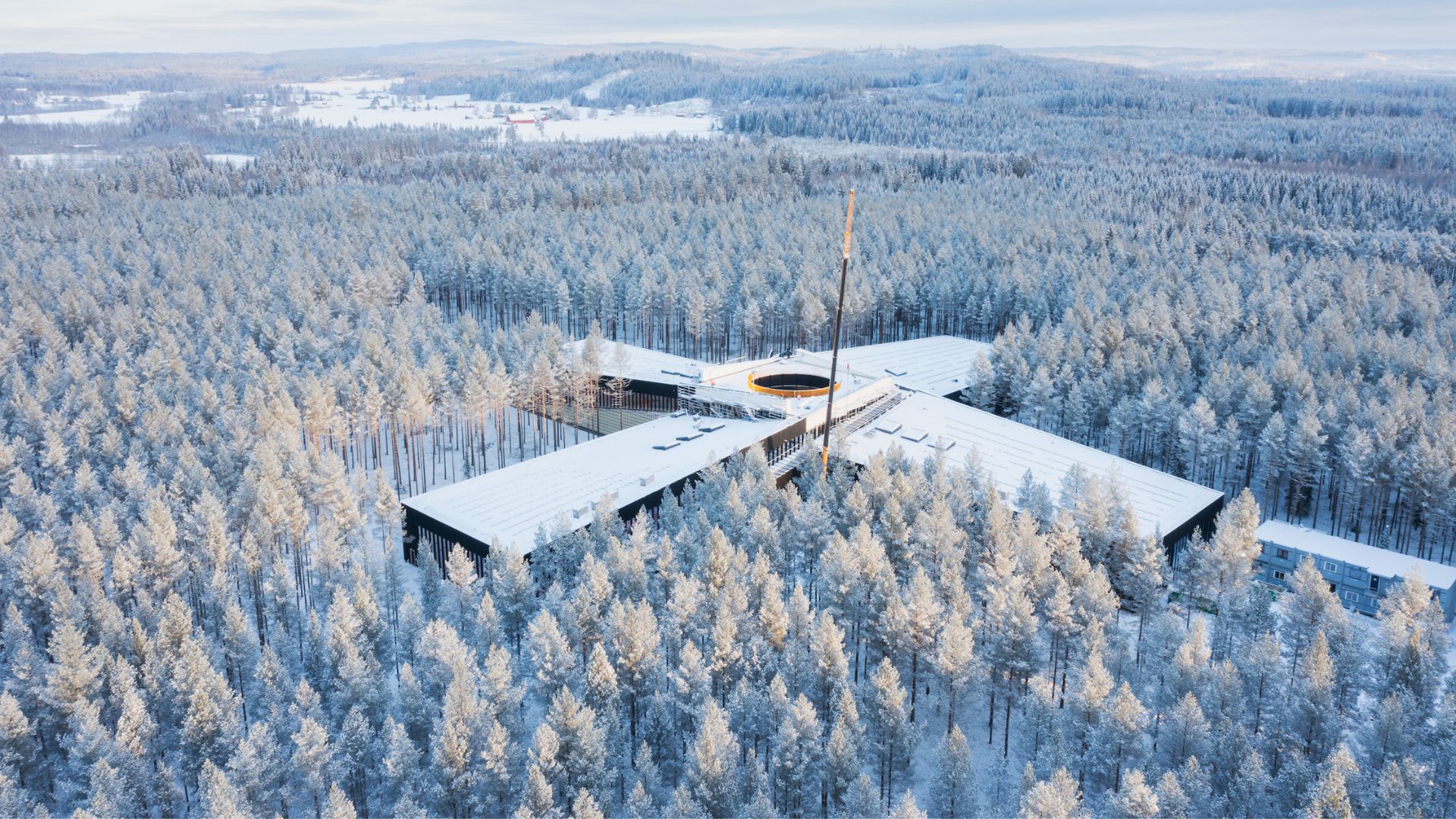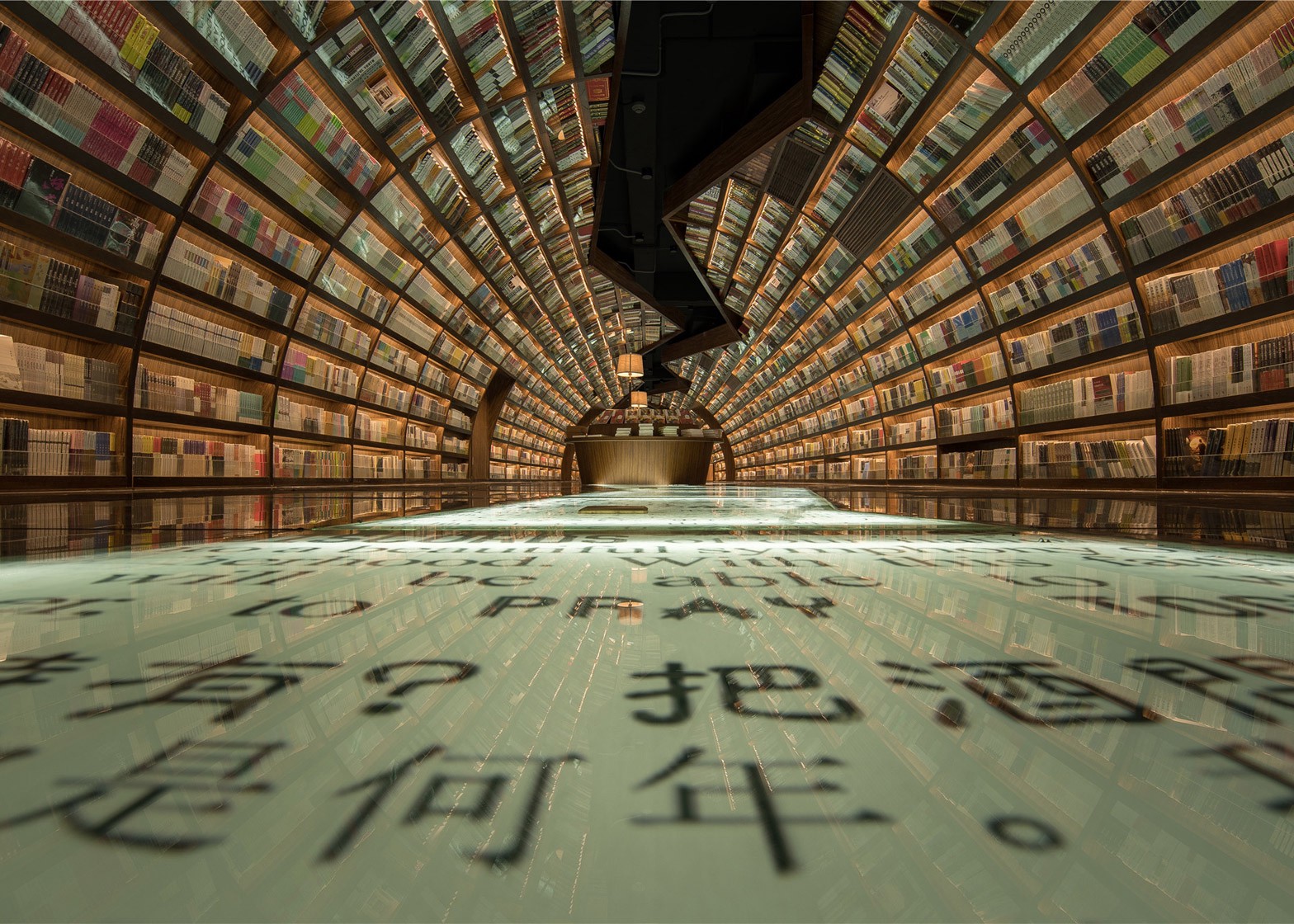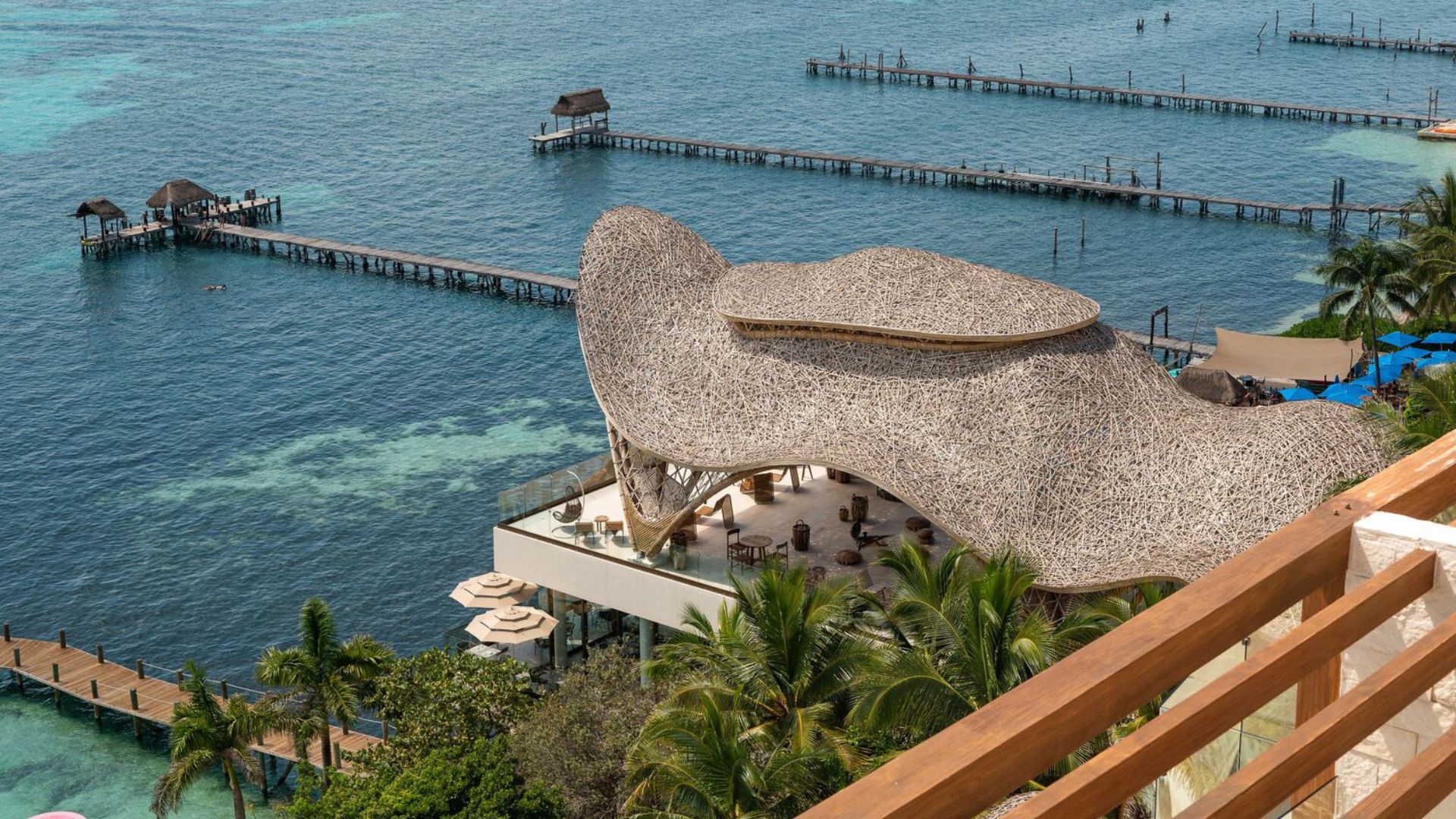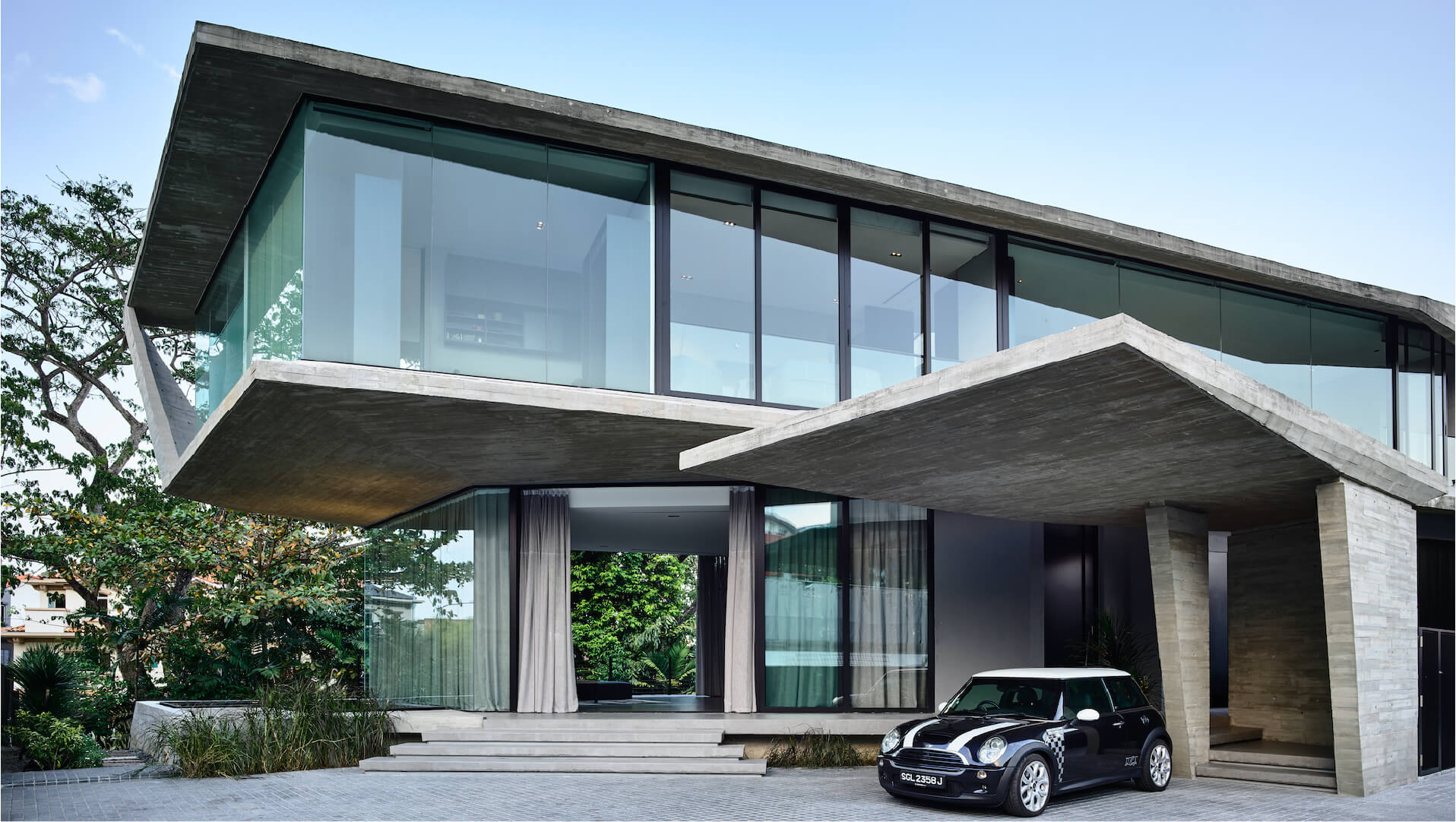Windows and identity: design and function for every architectural style
Clean lines or classic details, recycled materials or high-tech performance: how to choose the right window system with Deceuninck, the trusted partner for architects and designers in aesthetics, sustainability, and innovation.

Today, the window is no longer seen as a mere technical component to be added later: it is integral to the architectural design, it contributes to the identity of the space, defines its quality of living, and aligns with the principles of sustainability. Designing a building also means choosing windows consciously, in line with the formal language, technical constraints, and functional needs of the context. In this vision, Deceuninck presents itself as a design partner, offering solutions that combine performance and beauty, material and design.
Three styles, infinite possibilities
“Every architectural style tells a story, and windows are a fundamental part of it,” explain representatives at Deceuninck. Each project has its own specific requirements, tied not only to aesthetics but also to the expected performance and the context in which it is developed. Deceuninck’s goal is to offer solutions that fully respect these needs, while enhancing comfort, durability, and sustainability. Because a window is not just a frame: it is a sign, a threshold, an element that defines the character and personality of a lived-in space.
Gallery
Open full width
Open full width
This is why the brand interprets the most common architectural styles by offering technically and aesthetically coherent solutions.
Modern style is defined by simplicity, visual lightness, and clean lines. Deceuninck interprets it with minimalist windows, slim profiles, and large glazed surfaces that enhance natural light. Preferred finishes include neutral or dark tones with concrete or aluminum effects. Functionality is expressed through sliding or concealed systems and high-performance thermal and acoustic insulation.
Contemporary style is dynamic and versatile, capable of combining geometric rigor with warm materials. Deceuninck responds with versatile windows, elegant profiles, and a range of finishes from satin white to light gray, including wood-effect textures. Solutions in PVC and recyclable materials, integration with smart home systems, and a focus on living comfort make this style the meeting point between innovation and well-being.Classic style, finally, is defined by balance, harmonious proportions, and decorative details. For historical or protected contexts, Deceuninck offers windows with pronounced profiles, horizontal transoms, tilt-and-turn or casement openings, and warm wood-effect finishes such as Walnut or Golden Oak. Energy efficiency and the security of innovative materials are combined with a formal language consistent with tradition.

A partner for designers: consultancy, tools, and technology
Deceuninck supports architects and designers with a comprehensive approach that combines technical expertise, digital tools, and operational guidance. It all begins with an in-depth consultancy phase that analyzes climate zone, exposure, and regulatory or historical constraints to recommend the most suitable solution—such as Elegant Infinity, ThermoFibra, or Elegant Origin—based on the style of the project.
This work is supported by a wide array of digital tools and technical documentation—from BIM files to thermal-acoustic performance verification software—designed to ensure precision and streamline every project phase. Complementing this is a continuous training path, including webinars, workshops, and experiential showroom visits, to stay up to date on materials, regulations, and technologies.
Crucial to this system is the theme of stylistic coherence and personalization. A broad selection of wood-effect finishes, contemporary color tones, and dual-color configurations allows every designer to maintain visual harmony with the building’s identity, responding with flexibility and accuracy even in complex or mixed-use contexts.

Completing this ecosystem is a state-of-the-art technology platform adaptable to new constructions, renovations, and high-performance buildings. ThermoFibra, an innovative, futuristic and next-generation product, with its continuous glass fiber integrated into the profiles, eliminates the need for steel reinforcements while ensuring lightweight and superior thermal efficiency. Forthex, featuring expanded PVC reinforcement, provides insulation and durability even in challenging environmental conditions. Finally, iCOR is a modular platform that simplifies site logistics and allows for maximum design freedom. These solutions not only improve performance, they unlock new possibilities for balancing form and function.

Not just designed. Designed to perform.
All of the elements described so far work together to build an effective, coherent, and beautiful window system. But design quality is only fully realized with proper installation. Installation is the final step, yet no less important: it is the moment when every technical and aesthetic decision becomes tangible and long-lasting.
Deceuninck considers this an essential component. This is why it supports professionals with detailed technical guidelines, dedicated training for certified installers, and on-site assistance for complex projects. The iCOR building block and ThermoFibra profiles are also designed to simplify this phase through modularity and lightness, reducing both time and potential challenges.
And the results speak for themselves. In Treviso, a residential renovation project employed Elegant ThermoFibra windows. The absence of steel allowed for improved thermal insulation, bringing the building to energy class A4. The exterior finish in Aluminum Grey and interior in Satin White highlighted the project’s contemporary style. In Belgium, a fully NZEB residential complex was constructed using a combination of ThermoFibra and Forthex profiles—successfully eliminating thermal bridges, optimizing the envelope’s performance, and reducing energy consumption. Design, efficiency, and sustainability find tangible synergy, from concept to installation.

Shaping the future: sustainability and circularity
Sustainability is not a detail—it is an essential, non-negotiable requirement. That is why Deceuninck has embedded circularity into its industrial processes.
Its profiles are made of recycled and recyclable PVC, with a lifespan of up to 280 years and the ability to be recycled up to eight times without any loss in performance. The raw material also comes from a proprietary recycling plant—one of the most advanced in Europe—located in Belgium.
The offering is completed with EPD certifications, LCA assessments, CAM compliance, and full support for bio-architecture or NZEB-compliant projects. It is a model of sustainability that is concrete, traceable, and shared with the entire design chain.
In a world where architecture and the environment must move forward together, the window becomes a design element that bridges tradition and innovation, material and intelligence. Deceuninck is that point of convergence—where design meets function, and where living improves.















